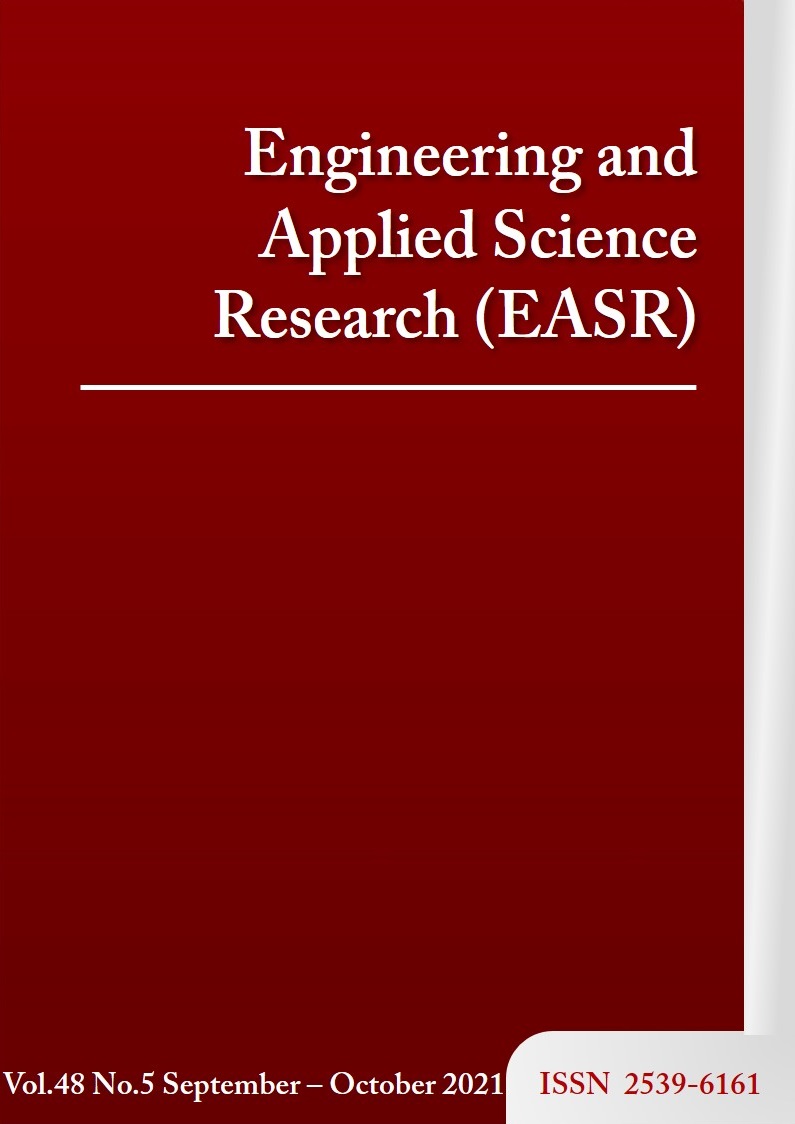LBCM: Energy-efficient clustering method in wireless sensor networks
Main Article Content
Abstract
Wireless sensor networks (WSNs) are a collection of battery-powered sensor nodes deployed in an environment that is most of the time isolated in nature. Usually, the power consumes in WSNs is due to sensing or sensed data forwarding. The data forwarding operation requires communication among nodes and its forwarding node (usually cluster head). Therefore, the design of an algorithm which can make a cluster and chooses a cluster head play a vital role in WSNs. Our objective is to perform energy-efficient communication between sensor nodes and broaden the network's lifetime by balancing the load of less energy-constrained gateways. Clustering is an effective technique to lessen the sensor nodes' energy dissipation in a wide-range wireless sensor network to increase the network's lifetime and obtain scalability and robustness. Though, if any of the gateways remain overloaded by a massive quantity of sensor nodes, it may fall soon, and the network's lifetime can end in a short duration. Therefore, it is necessary to adjust the gateways' load to prolong the network's lifetime. The paper includes a newly introduced algorithm named LBCM (Load Balanced Clustering Method) that adjusts the gateways' load and performs energy-efficient communication among the sensor nodes in WSNs. The simulation outcome of the introduced algorithm shows that our proposal is more energy-efficient than the existing algorithm.
Article Details
This work is licensed under a Creative Commons Attribution-NonCommercial-NoDerivatives 4.0 International License.
References
Akilidz IF, Su W, Sankarasubramaniam Y, Cayirci E. Wireless sensor networks: a survey. Comput Network. 2002;38:393-422.
Guo J, Jafarkhani H. Movement-efficient sensor deployment in wireless sensor networks with limited communication range. IEEE Trans Wireless Comm. 2019;18(7):3469-84.
Niculescu D, Nath B. Ad-hoc positioning system (APS). GLOBECOM'01. IEEE Global Telecommunications Conference; 2001 Nov 25-29; San Antonio, USA. New York: IEEE; 2001. p. 2926-31.
Abbasi AA, Younis M. A survey on clustering algorithms for wireless sensor networks. Comput Comm. 2007;30:2826-41.
Zhao M, Yang Y, Wang C. Mobile data gathering with load balanced clustering and dual data uploading in wireless sensor networks. IEEE Trans Mobile Comput. 2015;14(4):770-85.
Ahmed I, Peng M, Wang W. A unified energy efficient cluster id based routing scheme for wireless sensor networks - a more realistic analysis. International Conference on Networking and Services (ICNS '07); 2007 Jun 19-25; Athens, Greece. New York: IEEE; 2007.
Younis O, Fahmy S. HEED: A hybrid, energy-efficient, distributed clustering approach for ad-hoc sensor networks. IEEE Trans Mobile Comput. 2004;3:366-79.
Yick J, Mukherjee B, Ghosal D. Wireless sensor network survey. Comput Network. 2008;52(12):2292-330.
Liu M, Cao J, Chen G, Wang X. An energy-aware routing protocol in wireless sensor networks. Sensor. 2009;9(1):445-62.
Heinzelman WR, Chandrakasan A, Balakrishnan H. Energy-efficient communication protocols for wireless microsensor networks. Proceedings of the 33rd annual Hawaii international conference on system sciences; 2000 Jan 7; Maui, USA. New York: IEEE; 2000. p. 3005-14.
Low CP, Fang C, Jim MN, Ang YH. Efficient load-balanced clustering algorithms for wireless sensor networks. Comput Comm. 2008;31:750-9.
Gupta G, Younis M. Load-balanced clustering of wireless sensor networks. IEEE International Conference on Communications; 2003 May 11-15; Anchorage, USA. New York: IEEE; 2003. p. 1848-52.
Kuila P, Jana PK. Energy efficient and load balanced clustering algorithms for wireless sensor networks. Proc Tech. 2012;6: 771-7.
Tarachand A, Kumar V, Raj A, Kumar A, Jana PK. An energy efficient load balancing algorithm for cluster-based wireless sensor networks. 2012 Annual IEEE India Conference (INDICON); 2012 Dec 7-9; Kochi, India. New York: IEEE; 2012. p. 1250-4.
Kuila P, Jana PK. Heap and parameter-based load balanced clustering algorithms for wireless sensor networks. Int J Comm Network Distr Syst. 2015;14(4):413-32.
Heinzelman WB, Chandrakasan AP, Balakrishnan H. An application-specific protocol architecture for wireless microsensor networks. IEEE Trans Wireless Comm. 2002;4:660-70.
Manjeshwar A, Agrawal D. APTEEN: A hybrid protocol for efficient routing and comprehensive information retrieval in wireless. Proceedings 16th International Parallel and Distributed Processing Symposium; 2002 Apr 15-19; Ft. Lauderdale, USA. New York: IEEE; 2002. p. 195-202.
Manjeshwar A, Agrawal D. TEEN: A routing protocol for enhanced efficiency in wireless sensor networks. Proceedings of 15th international parallel and distributed processing symposium; 2001 Apr 23-27; San Francisco, USA. New York: IEEE; 2001. p. 2009-15.
Park GY, Kim H, Jeong HW, Youn H. A novel cluster head selection method based on k-means algorithm for energy efficient wireless sensor network. 27th International conference on advanced information networking and applications workshops; 2013 Mar 25-28; Barcelona, Spain. New York: IEEE; 2013. p. 910-5.
Li X, Yu L, Hang L, Tang X. The parallel implementation and application of an improved k-means algorithm. J Univ Electron Sci Tech China. 2017;46(1):61-8.
Han L, Wang Q, Jiang Z, Hao Z. Improved K-means initial clustering center selection algorithm. Comput Eng Appl J. 2010;46(17):150-2.
Likas A, Vlassis N, Verbeek J. The global k-means clustering algorithm. Pattern Recogn. 2003;36(2):451-61.



